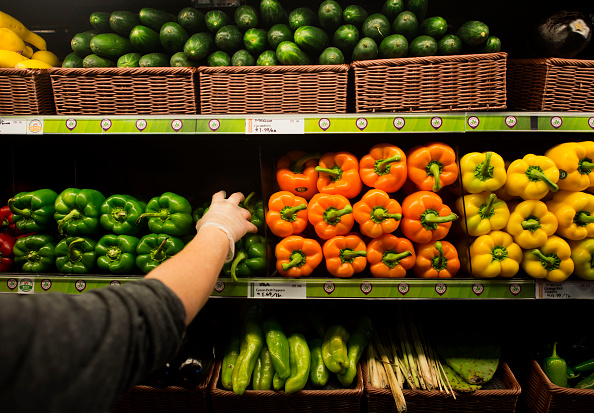The “fresh revolution” is on at scores of supermarkets across the country this year as grocers spend heavily on renovations to feature more fresh food in the hope of generating higher sales and profits.

But while consumers who are generally shifting toward healthier eating habits might appreciate the moves, supermarket owners like Loblaw, Metro, Sobeys, Save-On-Foods and Sobeys may end up regretting the collective push, experts say.
“Fresh departments – with everything going well – often generate about half the profitability of boring old grocery departments,” CIBC analyst Perry Caicco said.
Sales ‘nirvana’
Run of the mill frozen food sections, dairy departments and dry-good aisles are giving way to larger produce sections, deli and bakery options as well as more prepared food stations, experts say.
MORE: 5 reasons why supermarkets want you to eat your fruits and vegetables
“They’re following the demand for fresh foods,” said Stewart Samuel, Canadian analyst at IGD, a global strategy researcher for supermarkets. “It’s going where the shopper is going.”
Even discount banners like FreshCo are getting into the act, analysts say – a move than can set them apart from Walmart.
The mammoth retailer, which competes mainly on price, is adding grocery aisles to the vast majority of its 400 or so Canadian locations.
No magic wand
But the shift to fresh means more money spent by grocers on things like labour – and the risk that returns won’t be as high as some think.
“It’s complex,” Samuel said. “You have to manage the whole supply chain, the issues we’re seeing with currencies and the whole issue around shrinkage and wastage” weigh on profitability, or how much money a grocer can make.
“So there’s not a magical wand that grocers can wave to suddenly sell more fresh and make more profits. They have to manage it and develop it with processes and methods behind it,” he said.
MORE: The robots are coming for Sobeys, Safeway warehouse workers
Supply chain logistics have improved to reduce “shrinkage” or food waste, CIBC’s Caicco said, but it still may all add up to a costly effort that doesn’t grow the bottom line.
“The thesis is that fresh is a differentiator, and more profitable,” the analyst said. “The first part can be true for good operators, in most supermarkets, the second part of the thesis is a myth.”


Comments